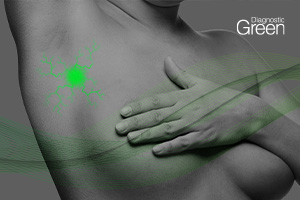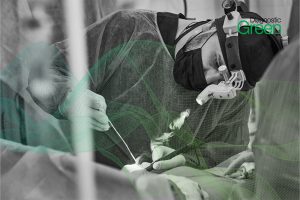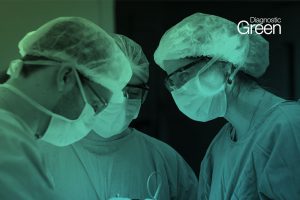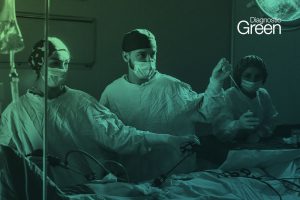Hepatobiliary surgery can be considered as a pioneer field in the era of precision surgery. The traditional concept of liver surgery has been changed by digital medical imaging technology, that brought a more efficient diagnostic management, an appropriate selection of treatments, possibly ameliorating the radical resection rates and reducing the overall surgical risk, eventually shortening the learning curve of complex liver surgery techniques. Fluorescence-guided surgery (FGS) allows enhanced visualization of intrahepatic vessels and bile ducts, anatomical segmentation, organ’s perfusion, as well as an enhancement of primary and secondary liver tumors. It is based on the physical property of protein-bound Indocyanine Green (ICG), that emits fluorescence at a peak of 840 nm when illuminated with near-infrared (NIR) light.
Since its approval for clinical use by FDA in 1950s, ICG was widely used in hepatic function diagnostic tests. Firstly used in liver function diagnostic tests, later the fluorescence imaging technique was introduced in hepatic surgery by Aoki et al. as a new intraoperative navigation system for hepatic resections. As laparoscopic fluorescence imaging systems were developed after 2010, ICG has widely spread in minimally invasive abdominal surgery. ICG fluorescence has been reported to be safe and useful also in the field of liver transplantation.
Since 2015 ICG-guided fully laparoscopic or robotic living donor hepatectomies have been shown to provide surgeons for an optimal bile ducts dissection, as well as for a better anatomical and vascular definition of the chosen liver lobe for subsequent engrafment.Current technological advances including 3D rendering and the ICG-guided liver resection have radically improved the preoperative knowledge of liver anatomy and the surgical planning, revolutionizing the practice of anatomical liver surgery, especially in case of minimally invasive approaches.
The quality of the surgical act itself has greatly benefited from the use of ICG fluorescence, allowing to obtain a better visualization of the cancerous lesions, guiding the resection margins away from the tumor boundaries eventually facilitating technically complex gestures through a visual immediacy that gives a real-time feedback on the quality of the procedure and its didactic value.




